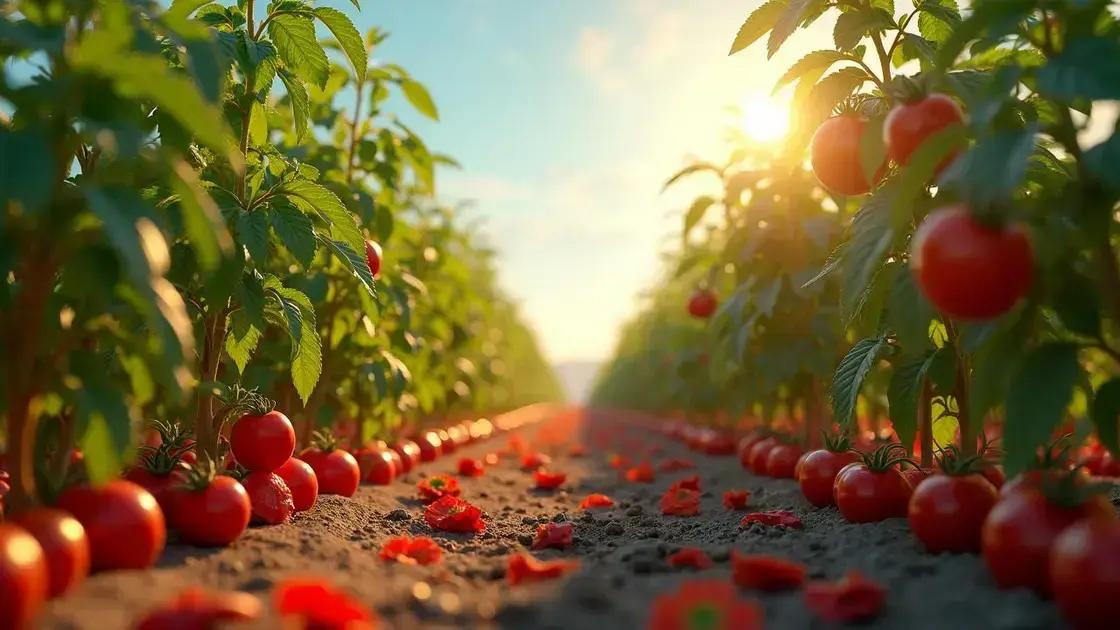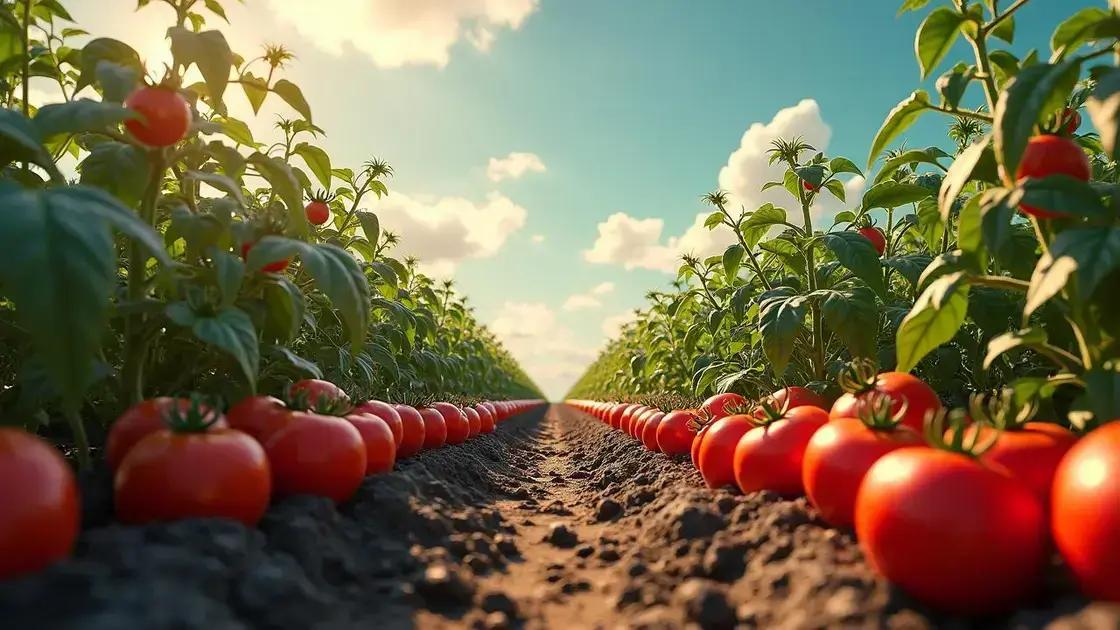How to Plant and Care for Tomatoes: 7 Secrets for a Thriving Harvest
How to plant and care for tomatoes can seem overwhelming, but it can be a rewarding experience. Understanding the right conditions for these beloved vegetables is crucial for a successful garden. From ensuring proper soil to maintaining optimal sunlight, several factors contribute to growing the best tomatoes possible. Dive into the secrets that will help your tomatoes flourish and produce delicious results.
Table of Contents
ToggleEssential soil requirements for growing tomatoes
Essential soil requirements for growing tomatoes must be considered to ensure your plants thrive. Choosing the right soil can dramatically impact the health and yield of your tomato garden. Here are key points to keep in mind:
Choosing the right soil type
- Tomatoes prefer well-drained, loamy soil rich in organic matter.
- A pH level between 6.0 and 7.0 is ideal for optimal nutrient uptake.
Improving soil fertility
- Incorporate compost or well-rotted manure into the soil to enhance fertility.
- Consider using a soil test kit to determine existing nutrient levels and make informed amendments.
Maintaining soil moisture
- Ensure consistent watering to keep the soil evenly moist, but avoid waterlogging.
- Organic mulch can help retain moisture and reduce weeds around your tomato plants.
Essential amendments for tomato plants
- Add balanced fertilizers with the appropriate N-P-K ratio (Nitrogen, Phosphorus, Potassium) for healthy growth.
- Look for organic options, such as fish emulsion or bone meal, to boost your soil.
For more on enhancing your gardening knowledge, consider exploring indoor gardening techniques.
Common soil issues and solutions
- Heavy clay soils: Amend with organic matter or sand to improve drainage.
- Sandy soils: Mix in compost to enhance nutrient retention.
Real-world tests show that tomatoes grown in enriched soil outperform those in nutrient-deficient conditions, providing both increased yield and better flavor.
Optimal sunlight exposure for healthy tomato plants

Optimal sunlight exposure for healthy tomato plants is crucial for their growth and fruit production. Tomatoes thrive when they receive ample sunlight, typically around 6 to 8 hours per day.
Understanding sunlight needs
- Tomatoes require full sun to develop strong stems and produce high yields.
- Insufficient sunlight can lead to weak plants with poor fruit quality.
Finding the best location for sunlight
- Choose a spot in your garden that receives direct sunlight for most of the day.
- Observe shadows cast by trees or buildings, as they can impair sunlight exposure.
Signs of inadequate sunlight
- Pale leaves or leggy growth can indicate that your tomato plants are not receiving enough light.
- Fewer blooms or a lack of fruit set may also signal insufficient sunlight.
If you’re dealing with limited sunlight, you might want to consider exploring indoor gardening techniques. Indoor setups can utilize grow lights to supplement natural sunlight.
Best practices for maximizing sunlight exposure
- Consider using reflective materials, such as Mylar, to increase light efficiency around your plants.
- Prune lower leaves to expose more of the plant to the sun.
In places where sunlight is not consistent, it can be beneficial to rotate your potted tomato plants into sunnier areas for maximum exposure, improving overall health and yield.
Effective watering and fertilization for fruitful tomatoes
Effective watering and fertilization for fruitful tomatoes is vital for maximizing yield and ensuring healthy plants. The right balance can significantly enhance your tomato growing experience.
Understanding watering needs
- Tomatoes require consistent watering, approximately 1-1.5 inches per week, depending on soil type and weather conditions.
- It’s best to water deeply and infrequently to encourage deep root growth.
Tips for watering tomatoes
- Water early in the morning to reduce evaporation.
- Avoid wetting the leaves to prevent diseases; focus on the base of the plant.
Fertilizing for health and productivity
- Choose a fertilizer with a balanced N-P-K ratio, such as 5-10-10, for promoting fruit development.
- Organic options, like compost or well-rotted manure, can also enrich the soil.
For those with limited outdoor space, consider exploring indoor gardening techniques that allow you to grow tomatoes efficiently in containers.
Signs of over or under-watering
- Yellowing leaves may indicate over-watering, while wilting leaves suggest under-watering.
- Cracked fruits can occur if plants receive too much water suddenly after a dry spell.
Adjusting your watering and fertilization techniques according to seasonal changes can greatly benefit your tomatoes, leading to richer flavor and higher yields. Conducting regular checks on soil moisture can help you find the perfect watering schedule.
In conclusion
Caring for tomatoes properly is essential for ensuring healthy plants and a bountiful harvest. From understanding the essential soil requirements to providing optimal sunlight exposure, effective watering, and fertilization practices, each factor plays a vital role in the growth of your tomato plants. Remember that consistency in care will yield delicious results. To further enhance your gardening skills, consider following tips on enhancing your indoor garden for a more fruitful experience.

